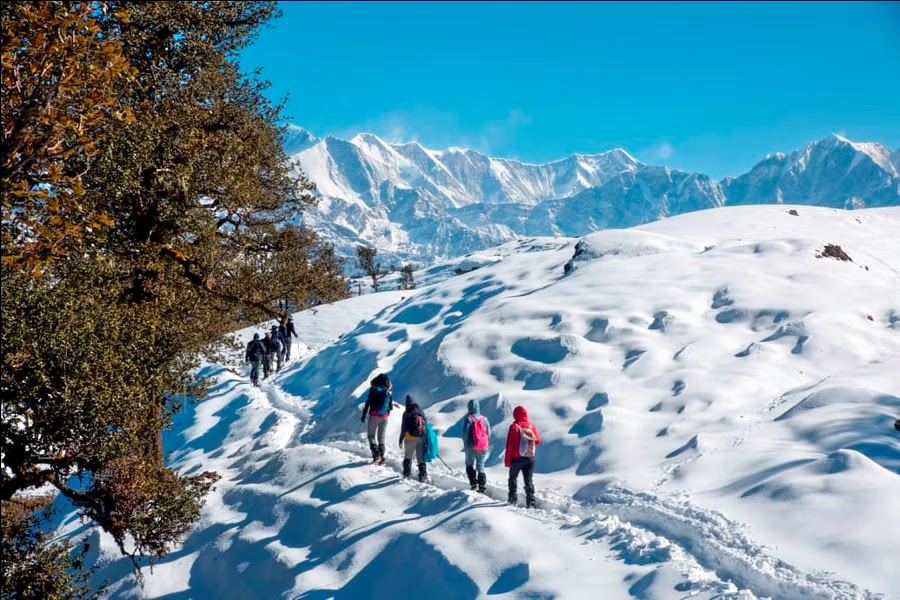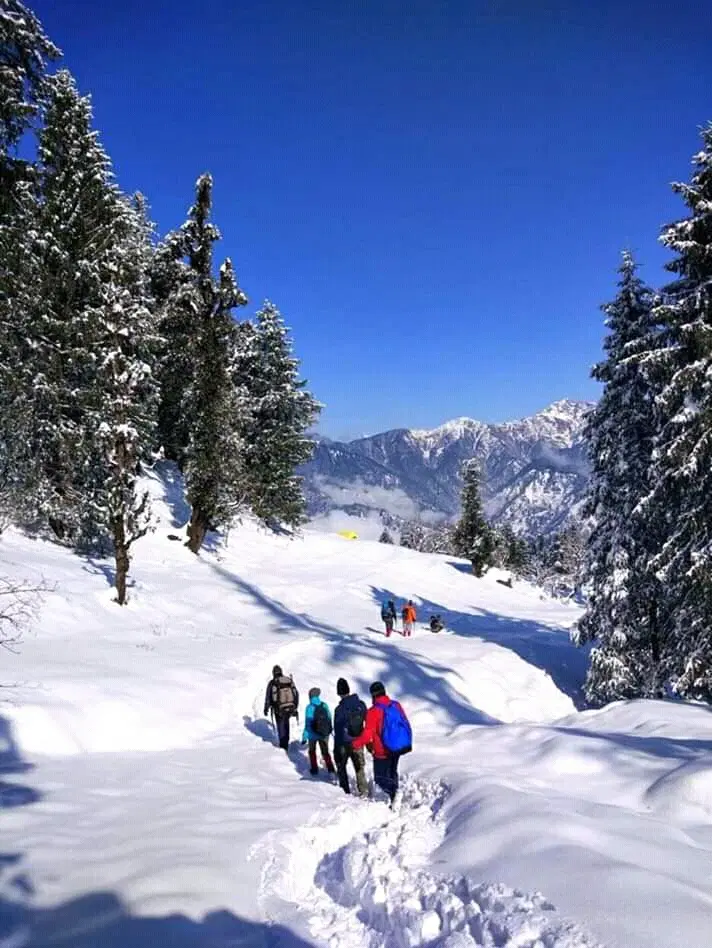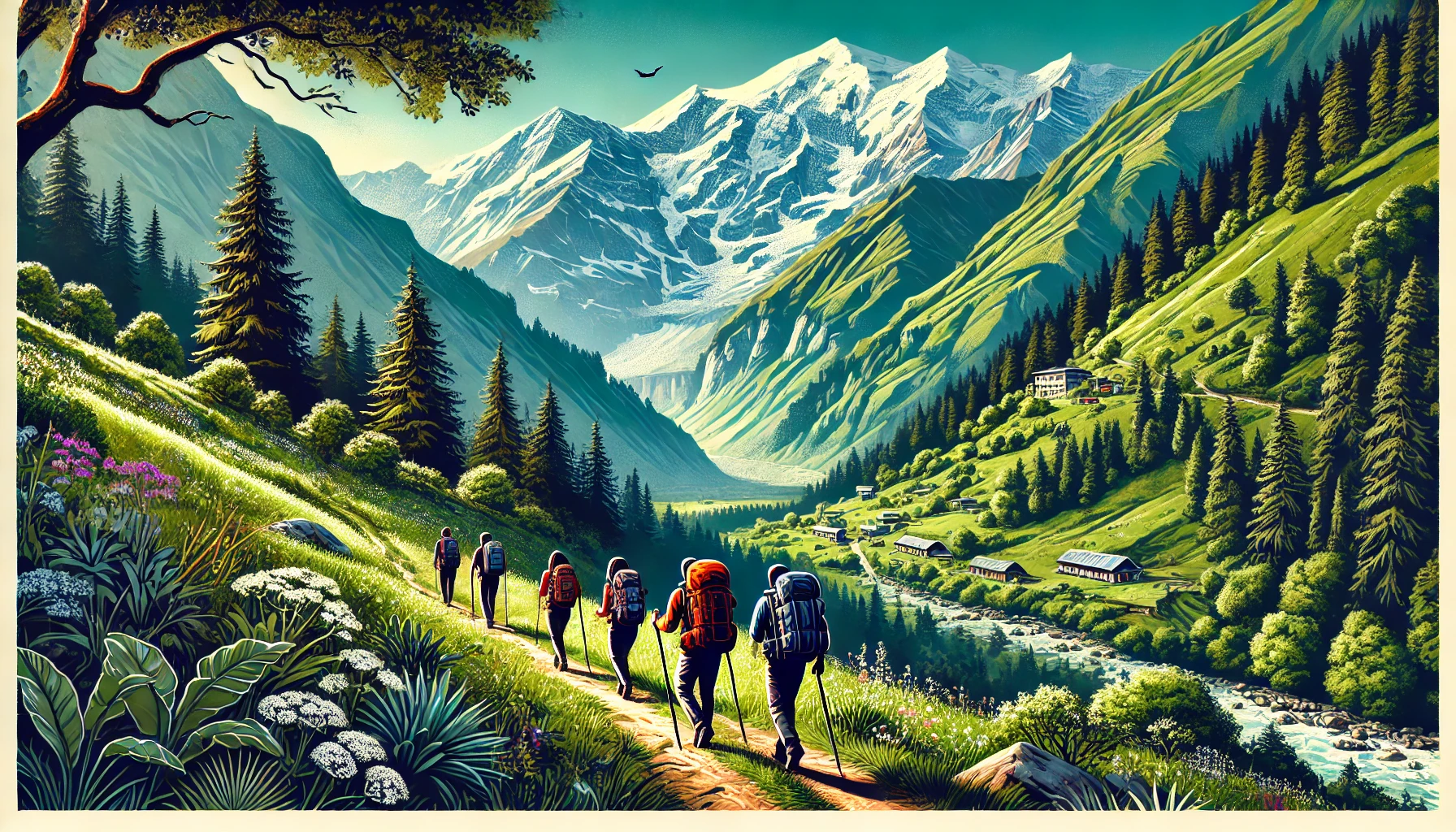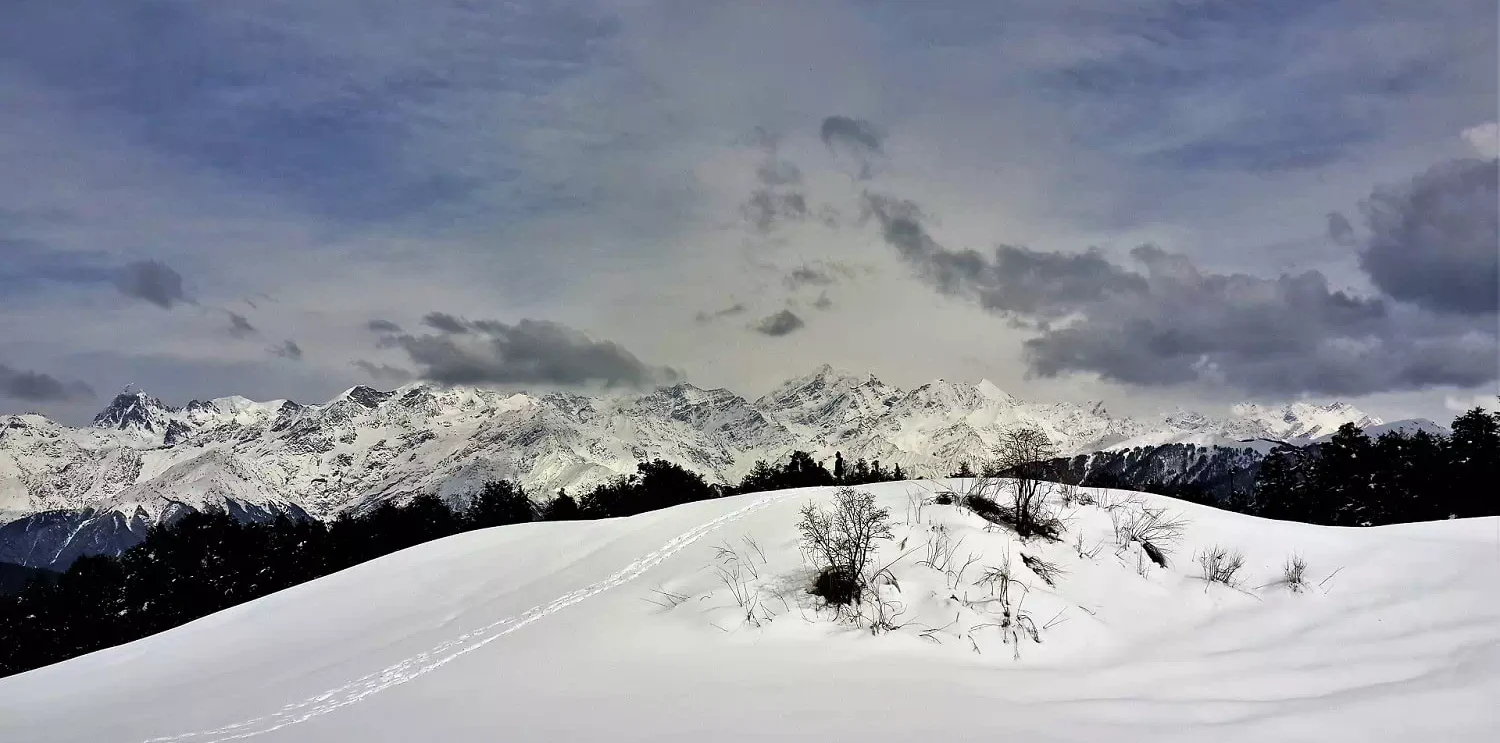Trekking in the winter is a magical experience, but choosing the right time makes all the difference! While December marks the beginning of snowfall in the Himalayas, January and February offer a far better trekking experience. If you are planning a winter trek, here’s why January and February are the best months for adventure lovers. 🏕️🔥
Peak Winter Experience ❄️
December usually has light snowfall, but by January and February, the trails are completely covered in a thick, beautiful blanket of snow. The landscapes look straight out of a fairy tale, making your trek truly mesmerizing. 🌨️
Fewer Crowds, More Serenity 🌿
December still sees a lot of holiday travelers and trekkers, but by January, the rush subsides. This means you can enjoy nature in its purest form—peaceful, untouched, and breathtaking. Whether it’s Kedarkantha, Kuari Pass, or Brahmatal, you’ll have the trails mostly to yourself. 🚶♂️🌲

More Stable Snow and Safer Trails 🏔️
December often has fresh snowfall, making trails unpredictable and slippery. By January and February, the snow settles and hardens, providing a more stable and safer surface for trekking. This reduces the risk of unexpected avalanches or sudden snowstorms. 🥾❄️
Better Views & Clear Skies 🌞
Winter skies in January and February are usually crystal clear, providing panoramic views of the mighty Himalayan peaks. In December, clouds and fog often obstruct visibility, but later in winter, you’ll witness stunning sunrises and sunsets over snow-clad mountains. 🌄✨

5. Perfect for Snow Activities ⛄
If you love playing in the snow, January and February are perfect! The snow is deeper and firmer, making it ideal for snow slides, snowball fights, and even skiing in some areas. Trekking in deep snow gives a thrilling experience you won’t get in December. 🎿❄️
6. Stronger Campfire Nights 🔥
Nothing beats the experience of a warm campfire in freezing temperatures! In December, the temperatures are cold but not extreme, whereas in January and February, the sub-zero temperatures make a campfire feel even cozier. Enjoy storytelling, music, and warm food under a starry sky. 🌌🔥
7. More Wildlife Sightings 🦌
With the forests covered in snow, animals descend to lower altitudes in search of food, increasing the chances of spotting Himalayan wildlife. You might witness rare species like the Himalayan Monal, musk deer, or even a snow leopard if you’re lucky! 🐾❄️
Best Winter Treks for January & February 🚀
If you are looking for the best winter treks, here are some top recommendations by Tons Valley Adventures:
- Kedarkantha Trek – The most famous winter trek, offering stunning summit views. 🏔️
- Kuari Pass Trek – Experience breathtaking views of Nanda Devi and other Himalayan peaks. ⛰️
- Brahmatal Trek – A frozen lake trek with mesmerizing landscapes. ❄️
- Dayara Bugyal Trek – A snow-covered meadow that feels like a winter wonderland. 🌨️
Plan Your Winter Trek with Tons Valley Adventures! 🌍
At Tons Valley Adventures, we provide expert guidance, experienced trek leaders, and the best winter trekking gear to ensure you have a safe and unforgettable experience. Whether you’re a beginner or an experienced trekker, we have the perfect trek for you.
Book your January or February trek now and enjoy the ultimate winter adventure! 📅💼
📞 Contact us: +91 6397824036
🌐 Visit our website: www.tonsvalleyadventures.in
📩 Email us: info@tonsvalleyadventures.in
Embrace the winter magic and let’s trek together! 🏔️✨



